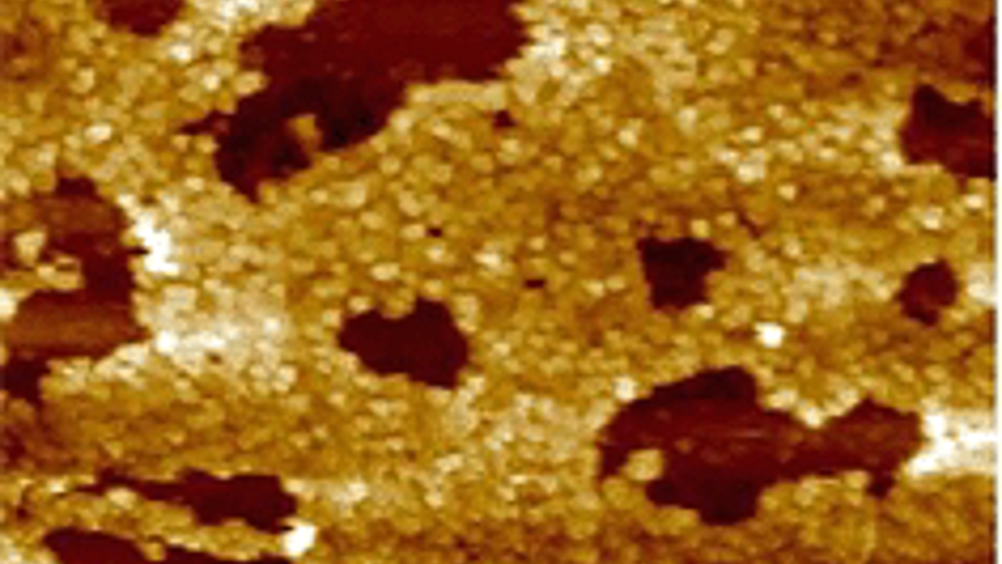Plastic antibodies put to the test
Scientists in California have used tiny plastic particles as artificial antibodies for the first time in live animals.

The polymer nanoparticles, designed to mimic the proteins produced by the body’s immune system, were used to combat bee venom injected into mice.
The team behind the discovery, reported in the Journal of the American Chemical Society, now hopes to use the plastic antibodies to fight other medical threats such as disease-causing bacteria and viruses and particles that cause allergic reactions.
The nanoparticles are created around a template so that they match the shape of the target molecules and can capture and neutralise them.
Using a process called molecular imprinting, typically used to separate and concentrate chemical solutions, the team at the University of California, Irvine, created particles that matched molecules of melittin, the toxin in bee venom.
The scientists used a catalyst to form solid polymers around molecules of melittin and leached the poison out to leave nanoparticles with holes that matched the shape of the toxin.
The technique has been used to create plastic antibodies before, but this is the first time they have successfully been used in a live animal.
Register now to continue reading
Thanks for visiting The Engineer. You’ve now reached your monthly limit of news stories. Register for free to unlock unlimited access to all of our news coverage, as well as premium content including opinion, in-depth features and special reports.
Benefits of registering
-
In-depth insights and coverage of key emerging trends
-
Unrestricted access to special reports throughout the year
-
Daily technology news delivered straight to your inbox










Water Sector Talent Exodus Could Cripple The Sector
Maybe if things are essential for the running of a country and we want to pay a fair price we should be running these utilities on a not for profit...